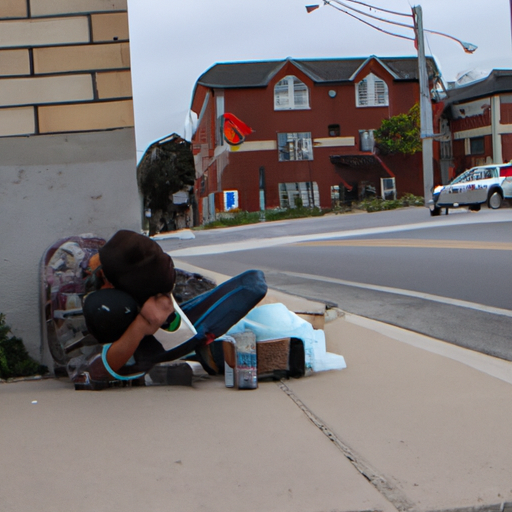The Burgeoning Canadian Opioid Crisis: A Deep Dive
Canada is in the throes of an opioid crisis whose affects reach far beyond the individuals directly afflicted. Over the past few years, the country has seen a dramatic surge in the number of reported opioid overdoses and deaths, blurring the line between public health concern and nation-wide epidemic. This is aptly reflected in even our local communities with the Hamilton opioid crisis serving as a microcosm of the larger issue at hand.
The Extent of the Opioid Crisis: A Deeper Look
The consequences of the opioid crisis have brought a spike in homelessness and crime rates. Frequently, those battling substance misuse are driven to the streets due to the snowballing costs of their addiction. The desperate need for opioids often forces them to resort to crime to fund their needs. The opioid crisis starkly depicts the interplay of social issues, revealing how interconnected these diverse realms are.
The Human Element: Naloxone and Frontline Combat
Amidst the complexity of the opioid crisis and trenches of socio-economic fallout, lies the resounding undertone of human struggle. The human element of this crisis is poignantly highlighted by the role naloxone, a medication designed to rapidly reverse opioid overdose, is playing on the frontlines of this fight. Dispensed by paramedics, police officers, and designated community members, naloxone has become a light of hope in the struggle against the vicious spiral of opioid addiction.
Canadian Opioid Abatement Class Action: A Legal Perspective
The opioid epidemic has not been left unchallenged in the courtrooms. Canada has seen a series of legal proceedings on opioid abuse, including the noteworthy Canadian Opioid Abatement Class Action. This lawsuit charges opioid manufacturers and distributors, claiming they disseminated false information about the risks and benefits of opioids, thereby contributing to the current crisis.
Key Points:
- The ongoing Canadian opioid crisis is not only a public health issue, but also a multi-layered socio-economic challenge impacting homelessness and crime rates.
- Naloxone is on the frontline in combating the effects of the opioid epidemic, offering immediate relief from opioid overdoses and potentially saving lives.
- The intersection of law and the opioid crisis reveals itself in the Canadian Opioid Abatement Class Action, which holds opioid manufacturers and distributors accountable for their role in the crisis.
Economic Consequences and Policy Responses
Understandably, the dire breadth of the opioid crisis is putting immense strain on our nation, economically and socially. Necessarily, both federal and local governments have tough decisions to make concerning the allocation of their resources. The distribution of monetary settlements from opioid lawsuits could provide essential aid to the communities affected most. However, it’s no secret that coordinating these efforts can be fraught with logistical and ethical challenges.
The Road Ahead: The Need for a Multi-Faceted Response
Combatting the opioid crisis will require an approach as diverse and complex as the crisis itself. This includes expanding access to naloxone kits, providing robust support services for those experiencing substance abuse, and harnessing the power of our legal system to hold responsible parties accountable. On a larger scale, it calls for a proactive, unified response from Canadian society as a whole – from local communities to the highest level of government.
Conclusion
Canada’s ongoing opioid crisis can no longer be ignored or underplayed. From the personal struggles of those caught in the grip of addiction to the overarching societal effects witnessed in our local communities, the consequences are far-reaching. We have a responsibility to not only recognize the crisis but take definitive action against it. Our unified response must be multifaceted, spanning legal, healthcare, and social sectors. Only by tackling this crisis from all angles can we hope to restore health, safety, and well-being to our communities.
